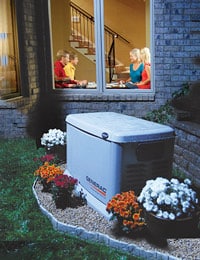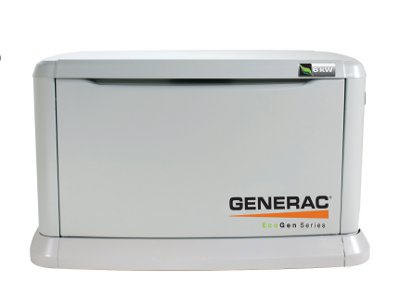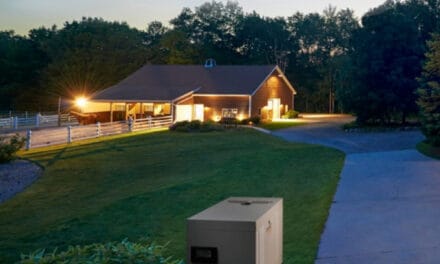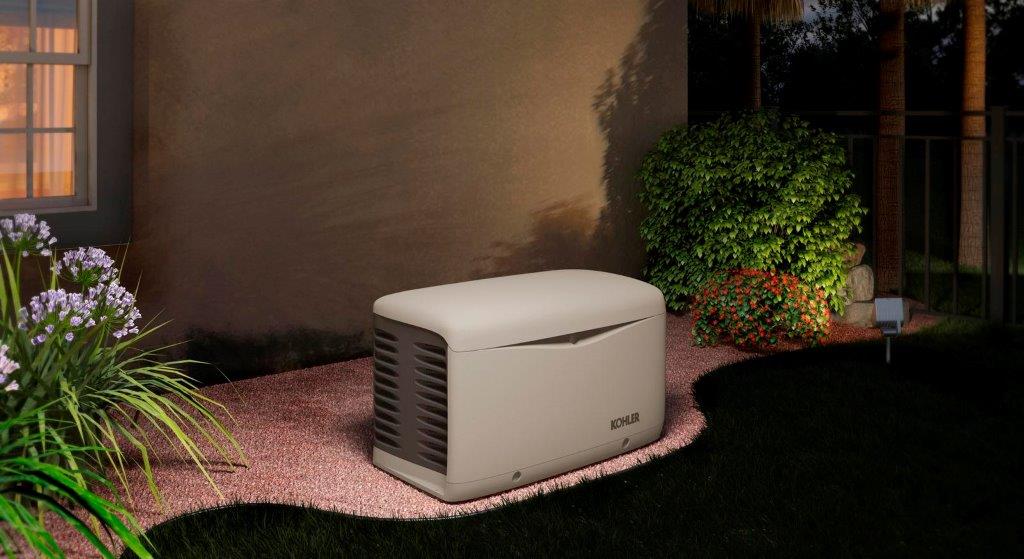
Power. Our lives depend on it.
Power outages indirectly cause billions of dollars in property damage every year. Without power, sump pumps that keep basements dry won’t work and the resulting damage can cost tens of thousands of dollars that won’t be covered by a standard home owner insurance policy. A flooded basement can destroy areas that were finished and ruin major appliances like washers, dryers, furnaces, and freezers. Many people use basements to store personal items with sentimental value that can’t be replaced.
Cold weather problems begin with a lack of heat and turn into major disasters when pipes freeze and burst. When power is restored, the home warms up, the pipes thaw, and the broken water pipes flood the home.
Home security systems operate off a battery and can supply power for a time, but not forever. Many home telephones have been taken off landlines and included with cable television or as part of an Internet connection, and use a battery backup supply in the event of a power outage. When the power goes out, a home loses the protection offered by those systems.
During an outage, receiving updates on weather or rescue efforts can be critical, but without power, there is no access to television and other communication services. Without power, how will you charge your cell phone to call for help if you need it?
24/7 Protection
A standby generator isn’t just for convenience. It protects your property from the dangers caused by a power outage, and does so even if you are not home.

When Utility Power is Lost
Perhaps it’s a storm. Maybe it’s an equipment failure. In any case, the electricity you depend is suddenly gone. Within seconds, you generator prepares to restore your home’s power.
When your home loses power from the grid, the generator’s controller senses the outage, starts the engine, and instructs the automatic transfer switch to move the home’s electrical system off the power grid and onto the standby generator. The generator supplies power to the critical circuits that keep your home and property safe from damage.
During the planning stage for a home backup generator installation, choose which circuits are the most critical for ensuring the safety of your property. Then add other circuits also deemed essential. Finally, add circuits that provide comfort and convenience.
Automatic Transfer Switches
Standby generators are sold as individual units or packaged with an automatic transfer switch. Most generator manufacturers also manufacture transfer switches designed to work hand-in-hand with the controller in the generators they manufacture. Often there are options offered by different types of switches that work with the generator chosen.
Some appliances are heavy users of electricity and require management in order to work with a home standby generator.
To fully protect your property, it is important to understand how your transfer switch and generator will manage circuits like deep-well water pumps, air conditioners, and similar high-current appliances. Without power management, some circuits could potentially overload the generator and cause its main circuit breaker to trip, leaving your home without power until you return or the utility restores power from the grid.
Choose a managed power option if you have high-current appliances that you want to run if the power goes out. Choose an unmanaged option if you can do without those appliances during an outage, and then only connect the circuits critical to keeping your home and family safe.

















